David Bowie conquered the 1970s by fearlessly going out on a limb with his artistic choices and trusting his fans would follow him out there. With the 1983 Let’s Dance album and its buoyant opening track “Modern Love,” Bowie decided to play the pop music game, and he wound up with yet another career triumph.
Videos by American Songwriter
What was the song about? Who did Bowie enlist to help bring him to the pop masses? And why did Bowie later regret his decision to move in this direction? Let’s find all about “Modern Love,” one of the legend’s most crowd-pleasing songs.
Making it “Modern”
After a decade’s worth of shape-shifting and personae changes, perhaps the most radical thing David Bowie could have done in the ’80s was to join the era of big productions and glossy pop. With the Let’s Dance album, he didn’t even try to subvert the style all that much, as you might expect. He simply attacked it head-on and trusted in his innate coolness to carry the day.
But Bowie didn’t do it alone. To make it happen, he hired Nile Rodgers, famous for his work as a player and producer for the band Chic, to co-produce the record with him. Going away from longtime producer Tony Visconti, who shared Bowie’s avant-garde instincts, and enlisting the pop-savvy Rodgers telegraphed the direction he wanted to go. Ironically, Rodgers initially wanted to make more of an arty record based on the singer’s former reputation, but Bowie explained he wanted Rodgers to do what he did best and aim the music at the pop charts and dance floors.
Bowie also hired mostly new players after sticking with many of the same musicians on his late-’70s records. Among the hires was none other than Stevie Ray Vaughn, who hadn’t yet emerged as a major solo artist in his own right at that point, but already boasted legendary guitar chops. (Vaughn is in the mix in “Modern Love,” but you can hear him much more clearly in other Bowie songs from that album, especially “Let’s Dance.”)
When Bowie and Rodgers first got together, they listened to many different types of music together to get a feel for what they wanted to do. But the tipping point for the album, and “Modern Love” in particular, was a classic photograph of Little Richard emerging from a Cadillac. Bowie imagined the record sounding like that, and the two men worked to meet that ideal.
In the case of “Modern Love,” which leads off the Let’s Dance album and was a big hit on both sides of the Atlantic when released as a single, Bowie mimics Little Richard with the call-and-response style lyrics in the chorus. The recording is also distinguished by Rodgers’ scratchy opening guitar riff, the potent but swinging drums of Omar Hakim, and some blustery brass that fills the open spaces in this relentless track.
Bowie scored big with this song and this album, but said later he regretted making this move in his career. He struggled with follow-up albums and singles to find the same kind of magic, as he tried to please the fickle pop crowds. To rid himself of the genre, he formed the band Tin Machine at the end of the decade and surprised fans with a cacophonous, industrial rock sound.
What is the Meaning of “Modern Love”?
The lyrics of “Modern Love” are relatively minimal. But what lyrics there are provide an interesting snapshot of where Bowie was in his life at that time, especially in regard to his romantic relationships and his career. Of the latter, he seems to take a modest view of his abilities: There’s no sign of life / It’s just the power to charm.
Bowie suggests he can’t quite quit the scene: But I never wave bye-bye / But I try. As far as his relationships, he’s in the vicinity of true love, but can’t quite find it in himself to go for it: Walks beside me / (Modern love) walks on by / Gets me to the church on time /( Church on time) terrifies me. His final verdict: Don’t believe in modern love.
With an iconic performance video to promote it, “Modern Love” helped David Bowie hit heights of widespread popularity he’d never before enjoyed. You couldn’t call that guy dancing on the stage with a smile on his face to the adoration of fawning fans a cult artist by any stretch. It was a trade-off he made, for sure. But with a song this thrilling, the artistic excellence didn’t dip at all, even as it found a much wider audience.
When you purchase through links on our site, we may earn an affiliate commission.
Photo by Express Newspapers/Getty Images

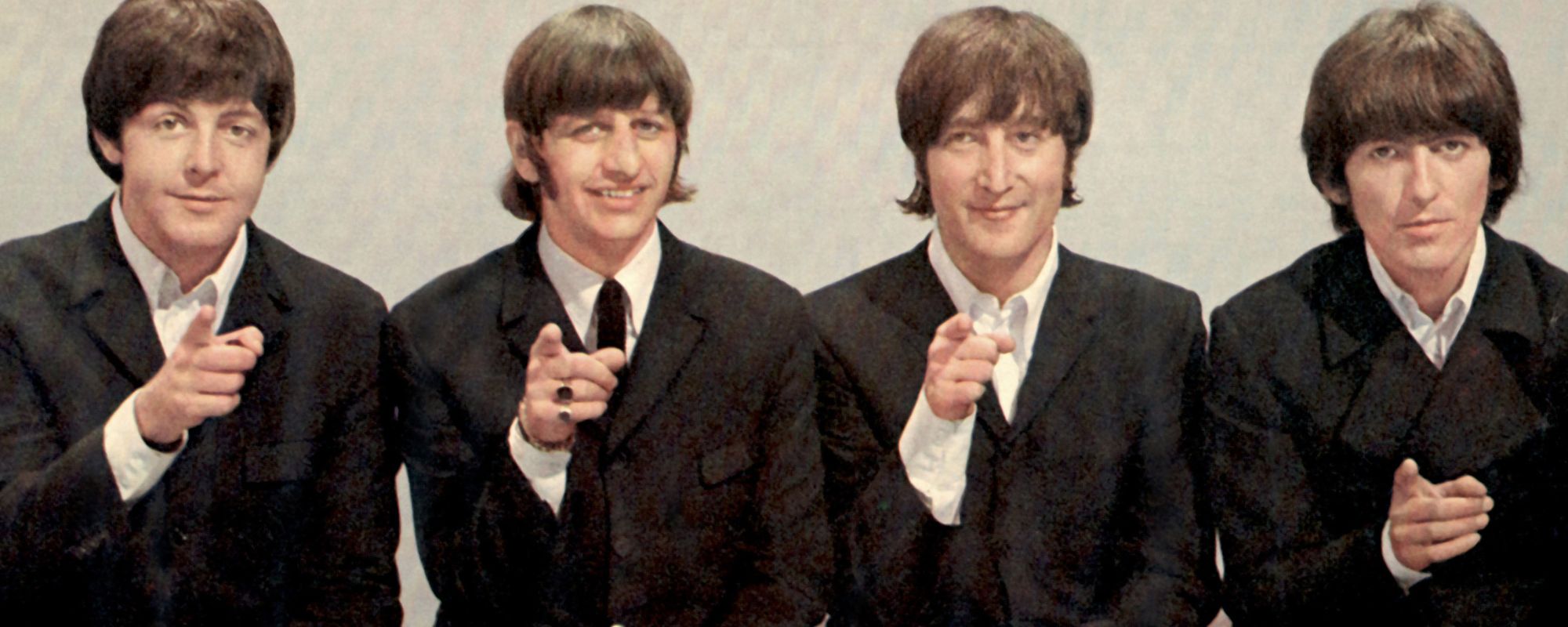
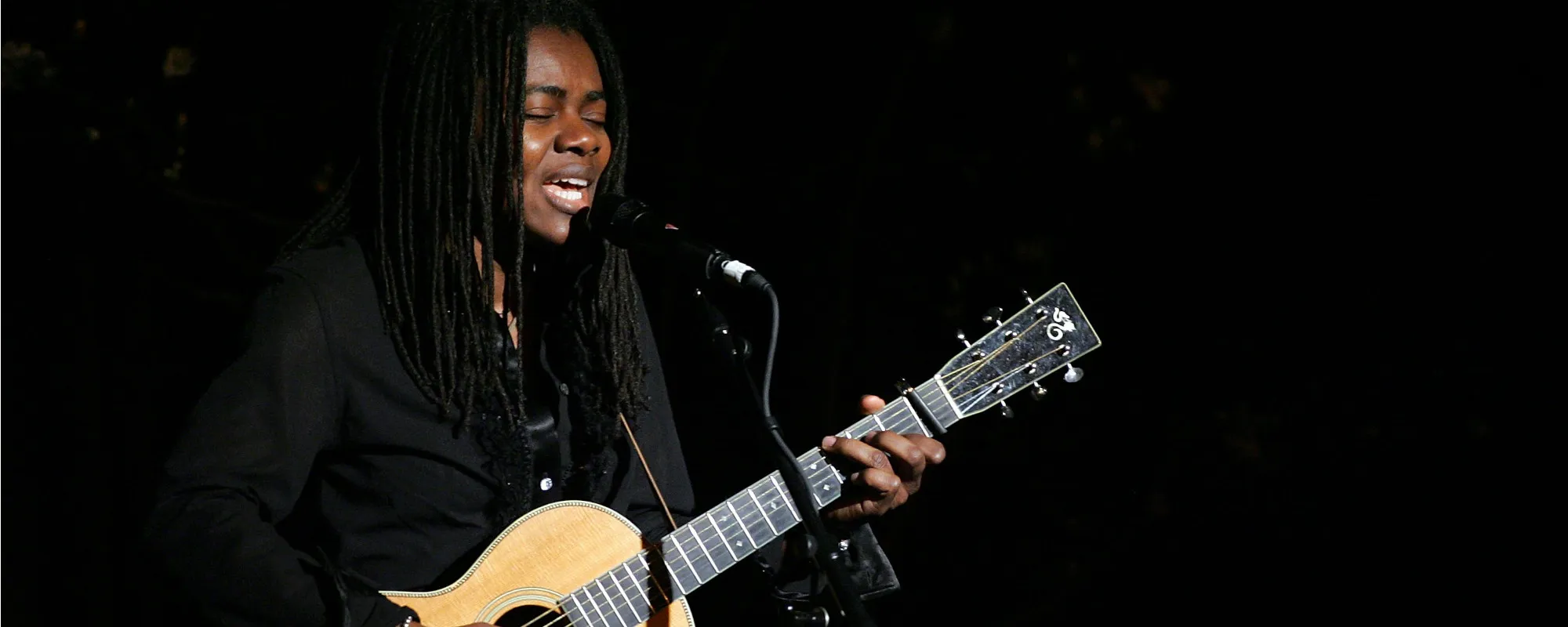
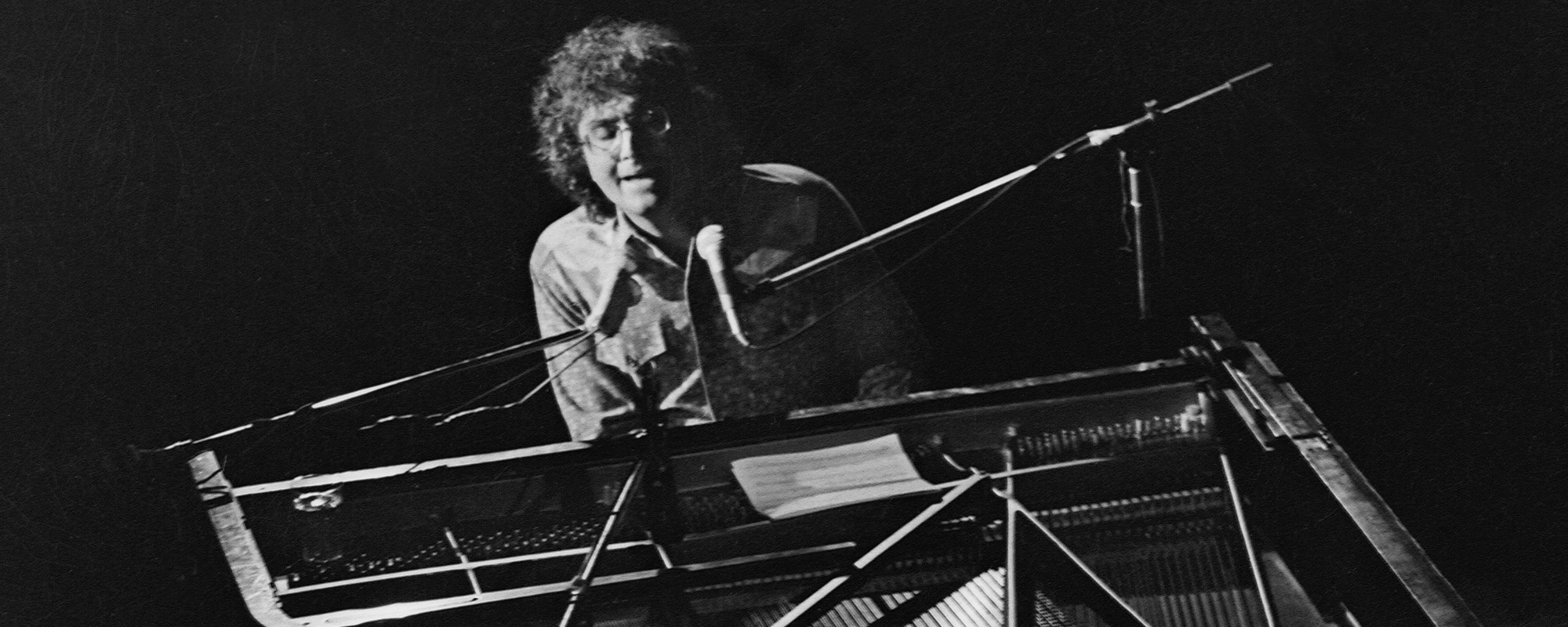



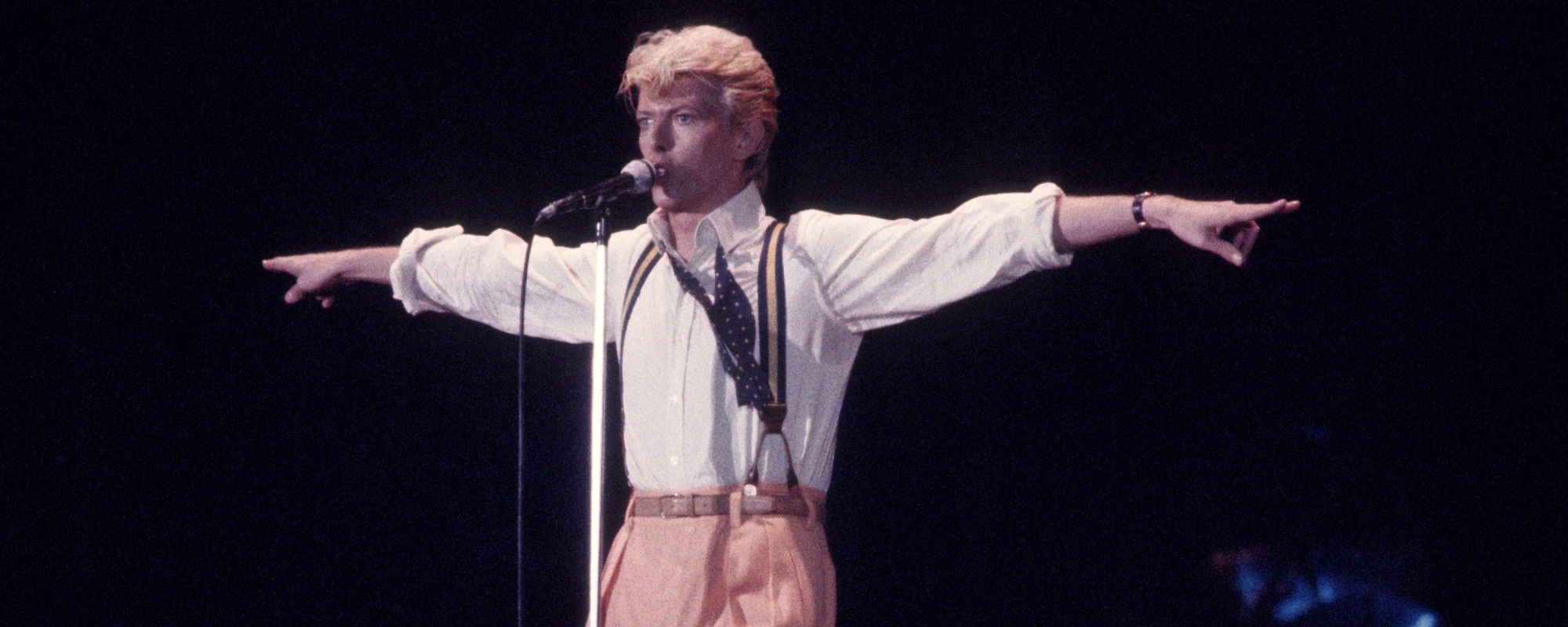


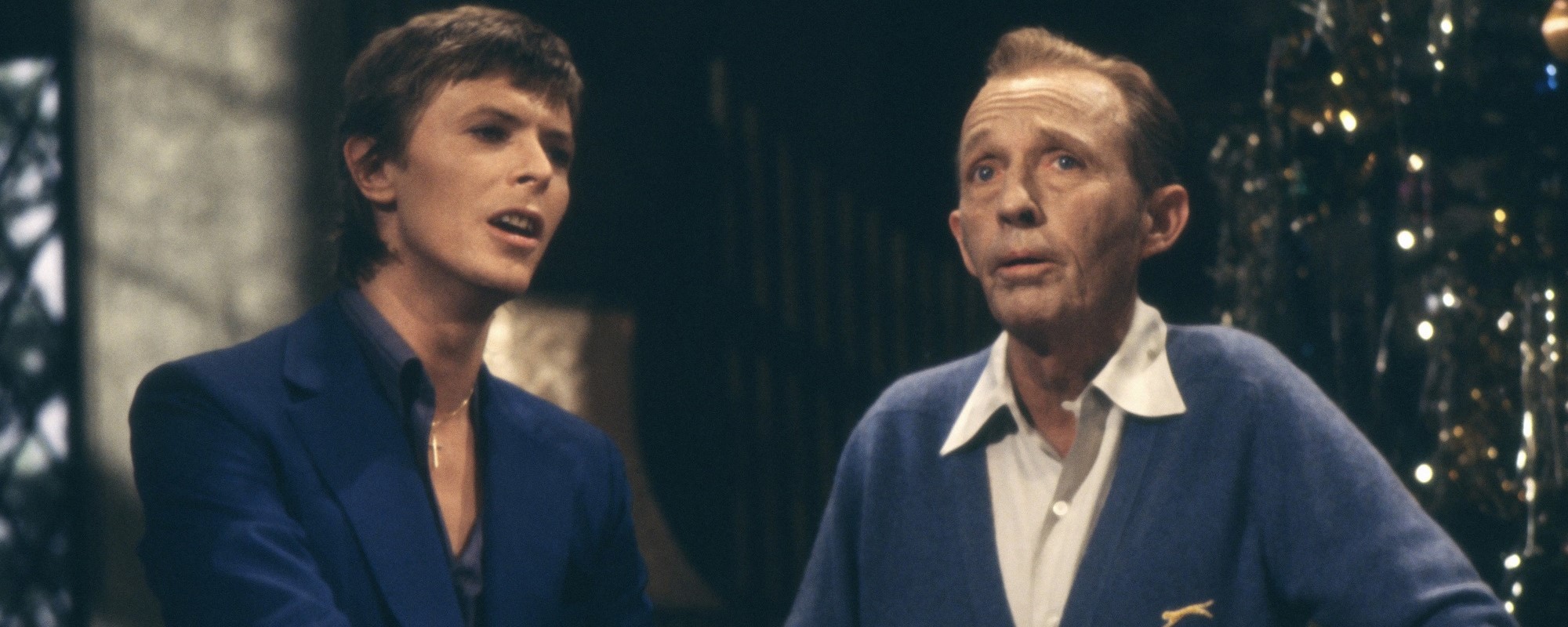
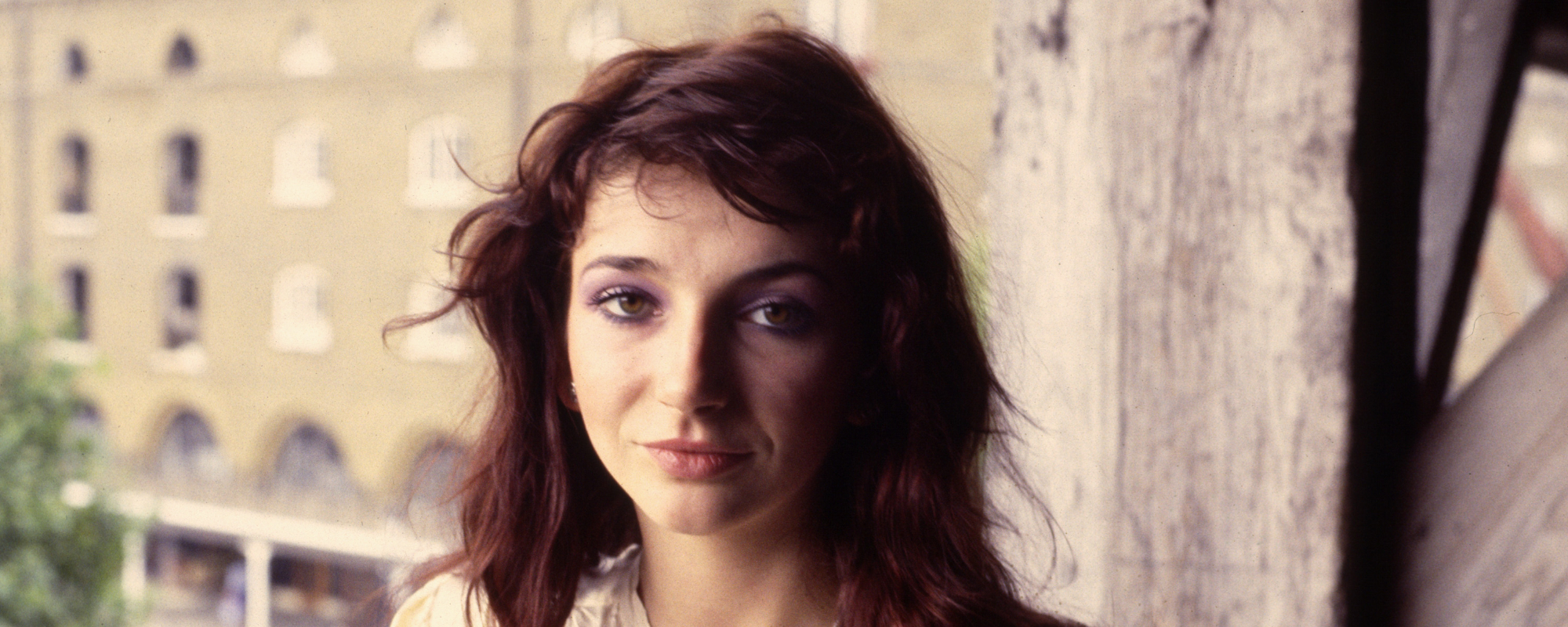
Leave a Reply
Only members can comment. Become a member. Already a member? Log in.